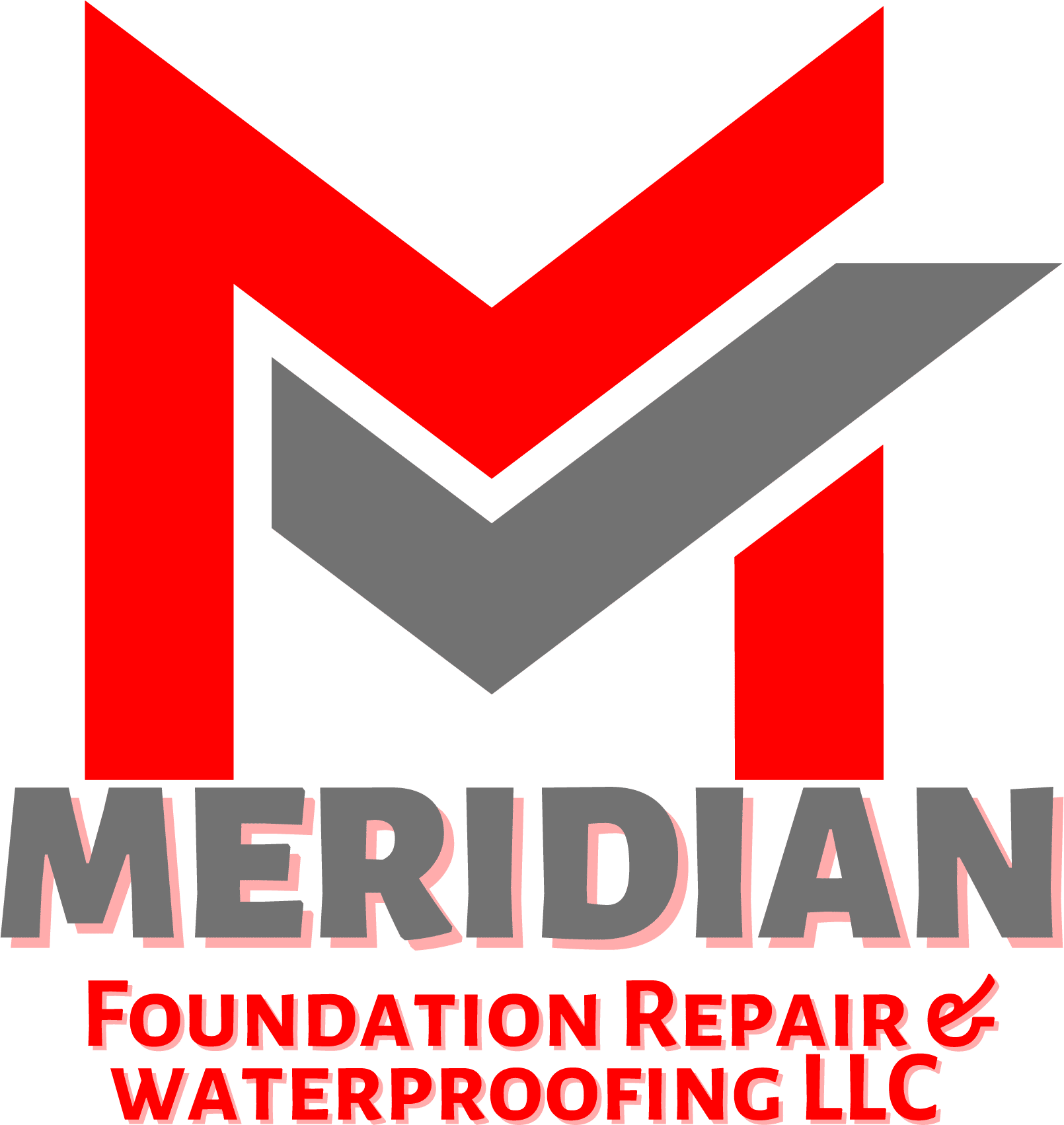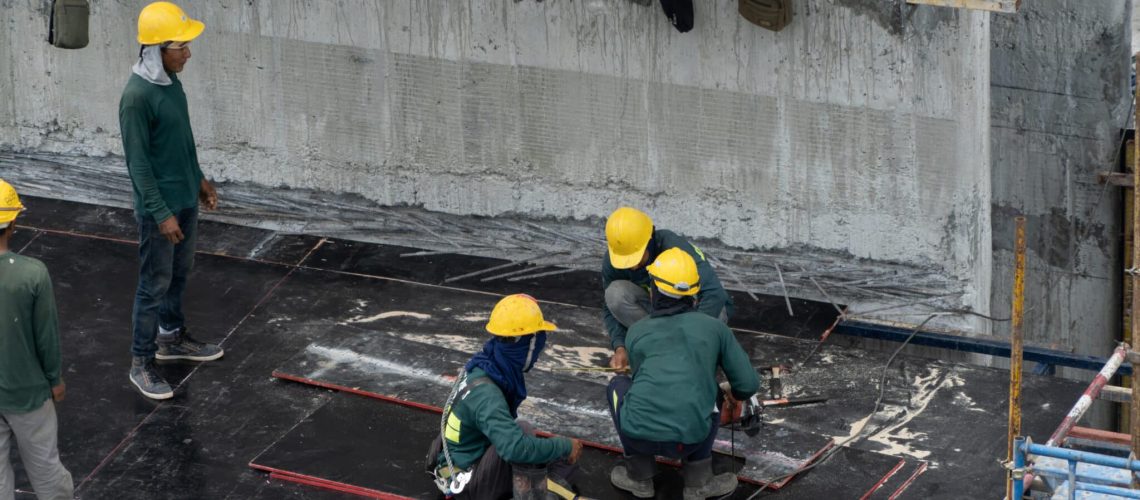As environmental consciousness rises, homeowners are increasingly turning to eco-friendly options for home improvement projects like basement waterproofing. Traditional methods often involve chemicals and materials harmful to the environment. Fortunately, there’s a range of eco-friendly basement waterproofing solutions available now. These not only shield your basement from water damage but also reduce your environmental impact. In this article, we’ll delve into several eco-friendly basement waterproofing options, offering you ways to create a sustainable and healthy living space.
Biodegradable Waterproofing Materials
Biodegradable waterproofing materials offer a sustainable alternative to traditional waterproofing products, which often contain chemicals that can be harmful to the environment. These materials are designed to break down naturally over time, reducing their impact on the environment.
One common biodegradable waterproofing material is soy-based sealant. This sealant is made from soybean oil, which is a renewable resource. It is non-toxic and biodegradable, making it an eco-friendly choice for waterproofing basements. Soy-based sealants are available in various forms, including liquid sealants and spray foams, and can effectively seal cracks and gaps in the foundation to prevent water infiltration.
Another biodegradable waterproofing material is bentonite clay. Bentonite clay is a natural clay material that swells when exposed to water, creating a tight seal against moisture penetration. It is often used in the form of a membrane that is applied to the exterior of the foundation. Bentonite clay is non-toxic and environmentally friendly, making it a popular choice for eco-conscious homeowners.
Green Roof Systems
Green roof systems, also known as living roofs or vegetated roofs, are an eco-friendly waterproofing solution for basements and buildings. These systems involve covering the roof with a layer of vegetation, which helps absorb and manage rainwater, reducing the amount of water that enters the basement.
One of the key components of a green roof system is a waterproof membrane, which is installed over the roof structure to prevent water from seeping into the building. This membrane is typically made from durable, waterproof materials such as rubber or synthetic fabric.
On top of the waterproof membrane, a series of layers are added, including a drainage layer, a filter fabric, and a growing medium. The growing medium is where the vegetation will grow, and it is designed to be lightweight and provide the necessary nutrients for plant growth.
Green roof systems offer several benefits beyond waterproofing. They can improve air quality, reduce energy costs by providing natural insulation, and create a habitat for wildlife. Additionally, green roofs can help mitigate the urban heat island effect by reducing the amount of heat absorbed by buildings and pavement.
Permeable Paving And Landscaping
Permeable paving and landscaping are sustainable solutions that can help manage water runoff and reduce the need for extensive basement waterproofing. Unlike traditional paving materials, such as concrete or asphalt, permeable paving allows water to infiltrate the surface and be absorbed into the ground below.
One common type of permeable paving is permeable concrete or asphalt, which is made with larger pores or voids that allow water to pass through. Another option is permeable pavers, which are designed with gaps between the pavers to allow water to flow through and infiltrate the soil.
In addition to permeable paving, landscaping techniques can also help manage water runoff. Rain gardens, for example, are designed to capture and absorb rainwater, reducing the amount of water that flows into storm drains and sewers. These gardens are planted with native vegetation that can tolerate both wet and dry conditions, making them an attractive and environmentally friendly landscaping feature.
Rainwater Harvesting Systems
Rainwater harvesting systems are a sustainable solution for managing water runoff and reducing the demand for municipal water supplies. These systems collect and store rainwater that falls on roofs and other surfaces, allowing it to be reused for various purposes, including irrigation, toilet flushing, and washing clothes.
One of the key components of a rainwater harvesting system is a collection system, which typically includes gutters and downspouts to capture rainwater from the roof. The water is then directed to a storage tank, where it is stored until it is needed. Some systems also include filtration systems to remove debris and contaminants from the collected water.
Rainwater harvesting systems offer several benefits beyond water conservation. They can help reduce erosion and flooding by capturing and storing rainwater that would otherwise flow into storm drains. Additionally, using rainwater for irrigation can help reduce the demand for municipal water supplies, especially during dry periods.
Natural Drainage Solutions
Natural drainage solutions are environmentally friendly approaches to managing water runoff and reducing the need for extensive basement waterproofing. These solutions work with the natural landscape to redirect and absorb water, preventing it from pooling around foundations and causing damage.
One common natural drainage solution is the use of swales. Swales are shallow, vegetated channels that are designed to capture and redirect water away from buildings and towards areas where it can be absorbed into the ground. Swales are often planted with native vegetation, which helps absorb water and prevent erosion.
Another natural drainage solution is the use of rain gardens. Rain gardens are planted areas that are designed to capture and absorb rainwater, reducing the amount of water that flows into storm drains and sewers. Rain gardens are typically planted with native vegetation that can tolerate both wet and dry conditions, making them an attractive and environmentally friendly landscaping feature.
Additionally, permeable paving can be considered a natural drainage solution. Permeable paving allows water to infiltrate the surface and be absorbed into the ground below, reducing water runoff and the need for extensive drainage systems.


